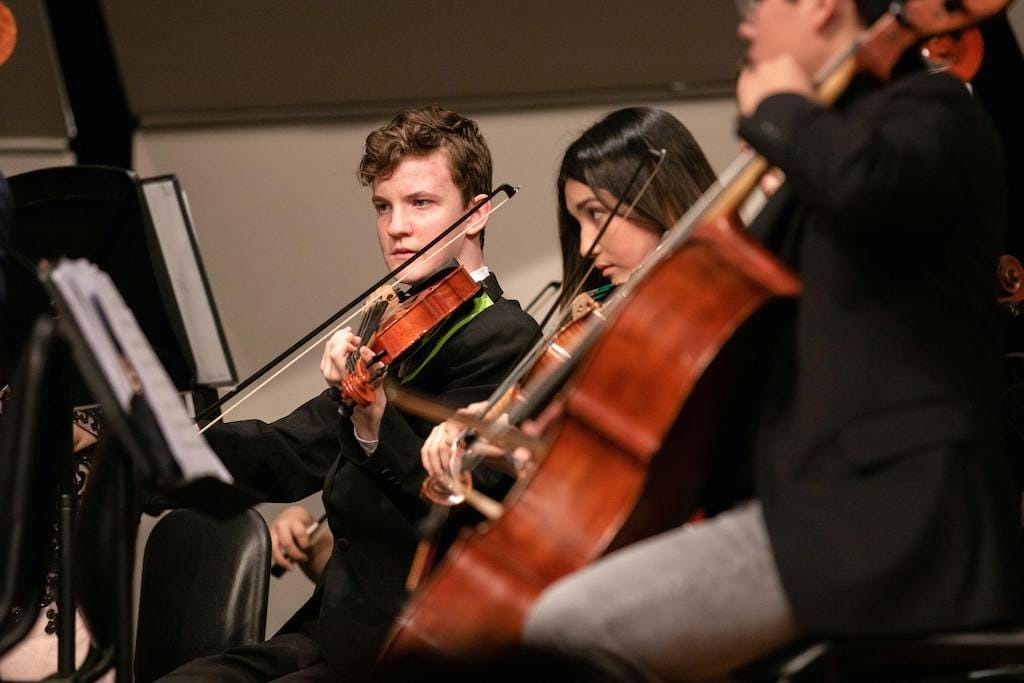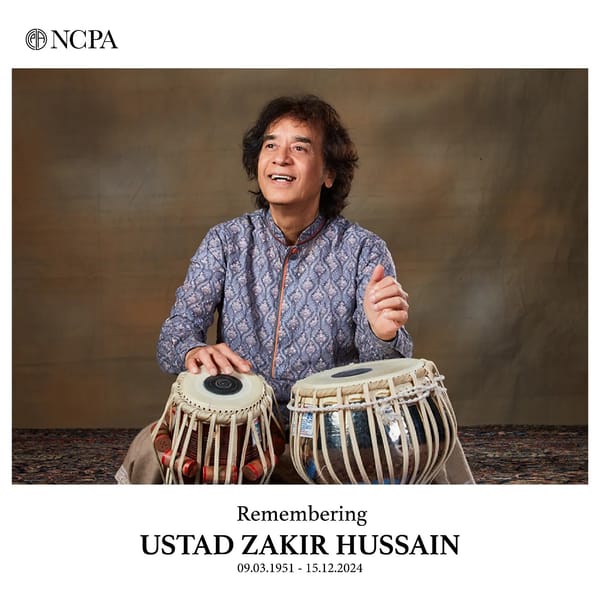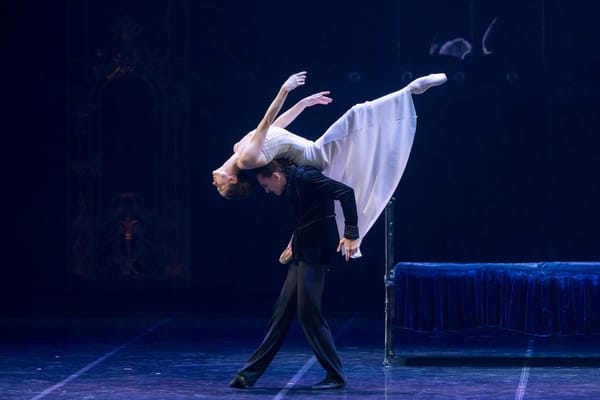How to Start a School Orchestra: A Step-by-Step Guide for Music Educators
Launching a school orchestra? This guide covers recruiting students, selecting repertoire, and fostering teamwork in a new ensemble. Perfect for teachers and music leaders building a youth orchestra from scratch.

Starting a school orchestra is a transformative project that not only enriches a school’s cultural fabric but also nurtures students’ creativity, discipline, and collaboration. However, launching an ensemble from scratch demands careful planning, resourcefulness, and a dash of passion. This comprehensive guide walks you through recruiting students, selecting repertoire, fostering teamwork, and ensuring the orchestra’s longevity—perfect for educators embarking on this rewarding journey.
Step 1: Assessing Interest and Securing Support
1.1 Gauging Student Enthusiasm
Begin by identifying potential musicians. Distribute surveys asking students:
- Which instruments they already play (or want to learn).
- Their prior experience (e.g., grade level, years of practice).
- Availability for rehearsals (after-school slots, lunchtimes).
Pro Tip: Use assemblies or lunchtime “taster sessions” to spark interest. Invite local youth orchestra members to perform a short piece—live music is a powerful motivator!
1.2 Collaborating with Staff and Parents
- Engage Peripatetic Teachers: Many schools employ visiting instrumental instructors. Partner with them to identify skilled students or encourage beginners to join.
- Parental Involvement: Host an information evening to explain the orchestra’s benefits (e.g., cognitive development, teamwork). Address practical concerns, such as rehearsal schedules and instrument costs.
1.3 Securing Administrative Buy-In
Draft a proposal for school leadership highlighting:
- Educational Benefits: Improved academic performance, enhanced concentration, and social-emotional growth.
- Logistical Needs: Budget for sheet music, stands, and storage. If funds are limited, suggest fundraising ideas (sponsored practice-a-thons, crowdfunding campaigns).
- Long-Term Vision: How the orchestra aligns with the school’s arts education goals.
Case Study: St. Mary’s Academy in London secured a £2,000 grant from a local arts trust by outlining plans for inclusive workshops with primary schools.
Step 2: Recruiting Students and Managing Instrumentation
2.1 Overcoming Instrument Imbalances
A balanced orchestra requires strings, woodwinds, brass, and percussion. Common challenges and solutions:
- String Shortages: Offer free violin/cello lessons to beginners. Partner with local music services for loaner instruments.
- Too Many Flutes, Not Enough Clarinets: Encourage doubling (e.g., a flautist could learn piccolo).
- No Brass Players? Start a “Brass Bootcamp” for beginners, using simplified parts in initial rehearsals.
2.2 Creative Recruitment Strategies
- “Try-an-Instrument” Workshops: Let students experiment with less familiar instruments (e.g., oboe, double bass).
- Peer Mentoring: Advanced students can mentor beginners, fostering camaraderie.
- Cross-Year Collaboration: Involve older students as section leaders to build leadership skills.
Example: Edinburgh’s Royal High School created a “Battle of the Bows” event, pitting string sections against each other in friendly competitions to boost recruitment.
Step 3: Selecting Repertoire for Success
3.1 Criteria for Choosing Pieces
Aim for a mix of accessibility, educational value, and engagement:
- Beginner-Friendly Arrangements: Look for Grade 1–3 pieces with steady rhythms and limited key changes (e.g., Ode to Joy simplified for strings).
- Cultural Diversity: Include works by composers like Samuel Coleridge-Taylor (British classical) or Reena Esmail (contemporary Indian-American).
- Student Input: Let the orchestra vote on a “wildcard” piece each term (e.g., a film score or pop arrangement).
3.2 Repertoire Suggestions
| Genre | Beginner Pieces | Intermediate Pieces |
|---|---|---|
| Classical | Mozart’s Eine kleine Nachtmusik (simplified) | Holst’s St. Paul’s Suite |
| Folk/Film | Ashokan Farewell (folk) | Pirates of the Caribbean suite |
| Modern | Brian Balmages’ Chronicles | Jennifer Higdon’s Dance Card |
Pro Tip: Use flex arrangements (e.g., Music for Young String Orchestras) to accommodate missing parts or uneven skill levels.
Step 4: Structuring Effective Rehearsals
4.1 First Rehearsal Framework
- Icebreakers: Start with rhythm games or call-and-response clapping to ease nerves.
- Sectional Time: Split into strings, woodwinds, and brass for 15-minute focused sessions.
- Group Play-Through: End with an easy piece to build confidence (e.g., Hot Cross Buns with added dynamics).
4.2 Ongoing Rehearsal Tactics
- Goal Setting: Begin each rehearsal with a clear objective (e.g., “Master bars 20–40 of Jurassic Park”).
- Differentiated Learning: Assign advanced players harmony lines while beginners tackle the melody.
- Incorporate Technology: Use tuning apps like TonalEnergy or video tools like SmartMusic for home practice.
Example: A Birmingham secondary school uses “silent rehearsals” with headphones for individual practice, reducing noise chaos in shared spaces.
Step 5: Building Teamwork and Engagement
5.1 Fostering a Positive Culture
- Peer Feedback Sessions: After performances, have students share one thing they admired about another section.
- Social Events: Host composer-themed trivia nights or post-concert pizza parties.
- Progress Celebrations: Award humorous certificates (“Most Improved Bow Hold”) to keep morale high.
5.2 Performance Opportunities
- Informal Showcases: Play at assemblies, parent evenings, or local care homes.
- Collaborative Projects: Partner with the drama department for a musical or with another school for a massed orchestra event.
- Competitions: Enter festivals like the UK’s Music for Youth for motivational milestones.
Step 6: Ensuring Long-Term Sustainability
6.1 Annual Recruitment Drives
- “Bring a Friend” Month: Offer rewards (e.g., section leaders’ roles) for recruiting new members.
- Alumni Involvement: Invite former students to guest-conduct or mentor current players.
6.2 Securing Funding and Resources
- Grant Applications: Target arts charities like Arts Council England or Youth Music.
- Community Partnerships: Local businesses may sponsor concerts in exchange for programme advertising.
6.3 Tracking Progress
- Record Performances: Compare autumn and spring concerts to highlight growth.
- Student Feedback: Conduct anonymous surveys to refine rehearsal structures or repertoire choices.
Final Thoughts
Building a school orchestra is akin to conducting a symphony—each section must harmonise, and every player’s contribution matters. While challenges like funding gaps or fluctuating attendance are inevitable, the rewards—watching students grow into confident musicians and teammates—are immeasurable.





